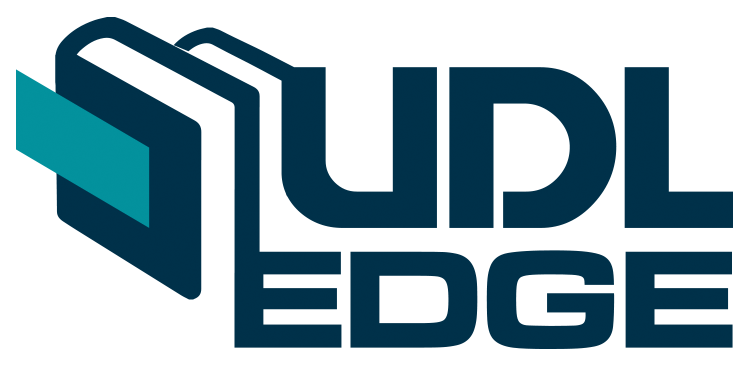Digital tools & inquiry-based learning in history education
Keywords:
Digital Tools, Inquiry-based learning, History education, Primary sourcesAbstract
This paper discusses the Inquiry-based learning is a pedagogical approach that encourages students to ask questions and explore topics through research, critical thinking, and problem-solving. Digital tools have become an essential component of inquiry-based learning, allowing students to access vast amounts of information, collaborate with peers, and present their findings in creative ways. In history education, digital tools and inquiry-based learning can work together to create engaging and interactive learning experiences that deepen students' understanding of the past. Digital tools such as online databases, virtual tours, interactive maps, and multimedia resources can provide students with a wealth of primary and secondary sources for historical inquiry. These tools can also support the development of critical thinking and research skills, allowing students to evaluate sources, analyze historical narratives, and construct their own interpretations of the past. Additionally, digital tools can enable students to collaborate on research projects and share their findings with a wider audience, promoting communication and collaboration skills that are essential in the 21st century. Digital tools and inquiry-based learning have the potential to revolutionize history education by providing students with dynamic and interactive learning experiences that foster curiosity, critical thinking, and creativity. By embracing these innovative pedagogical approaches, educators can inspire students to become lifelong learners who are equipped to engage with the complex and diverse histories of the world around them.
References
Wineburg, S. (2001). Historical Thinking and Other Unnatural Acts: Charting the Future of Teaching the Past. Temple University Press.
National Council for the Social Studies. (2013). The College, Career, and Civic Life (C3) Framework for Social Studies State Standards: Guidance for Enhancing the Rigor of K-12 Civics, Economics, Geography, and History. Silver Spring, MD: National Council for the Social Studies.
Berson, I., & Berson, M. J. (2015). Digital Tools in the History Classroom: Transforming Instruction. Social Education, 79(4), 198-201.
Lee, H., & Shemilt, D. (2017). Digital Tools for Inquiry-Based Learning in History Education: A Systematic Literature Review. Educational Technology & Society, 20(1), 206-221.
Saye, J. W., & Brush, T. (2016). Using Technology to Support Historical Inquiry in the Social Studies Classroom. In Handbook of Research on Social Studies Education (pp. 373-385). Routledge.
Van Hover, S. (2016). Digital Tools for Historical Inquiry: An Analysis of Inquiry-Based Historical Learning Environments. Theory & Research in Social Education, 44(4), 529-557.
Wineburg, S. S. (2018). Reading Like a Historian: Teaching Literacy in Middle and High School History Classrooms. Teachers College Press.
Christensen, R. (2019). The impact of digital tools on student motivation and engagement in the history classroom. Journal of Educational Technology Development and Exchange, 12(1), 1-18.
National Council for the Social Studies. (2010). National standards for social studies teachers. Washington, DC: NCSS.
National Research Council. (2005). How students learn: History in the classroom. Washington, DC: National Academies Press.
Owens, T. D., & Nokes, J. D. (2016). Inquiry-based learning and historical thinking in the middle grades: A case study of teacher and student learning. Journal of Social Studies Research, 40(3), 235-248.
Rasmussen, C. L., & Knezek, G. A. (2018). Effectiveness of digital tools in history education: A meta-analysis. Educational Technology Research and Development, 66(3), 631-653.
Wineburg, S. S. (2001). Historical thinking and other unnatural acts: Charting the future of teaching the past. Philadelphia: Temple University Press.
Wineburg, S., & Schneider, J. (2016). The challenges of teaching history in twenty-first-century America. The American Historical Review, 121(4), 1164-1182. doi: 10.1093/ahr/121.4.1164
Kuhn, D. (2015). Thinking together and alone. Educational Researcher, 44(1), 46-53. doi: 10.3102/0013189X14564523
Koh, J. H. L., Chai, C. S., & Lim, W. Y. (2015). Use of digital technologies in history lessons: A collaborative game-based approach. Journal of Educational Technology & Society, 18(3), 267-278.
Ash, K. (2016). Building empathy through inquiry-based learning. Education Week, 35(9), 20-21.
Rose, R. (2018). Accessibility and inclusion in the digital humanities. Literary and Linguistic Computing, 33(1), 94-103. doi: 10.1093/llc/fqx043
Spires, H. A., Rowe, J. P., Mott, B. W., & Lester, J. C. (2011). Inquiry-based history learning in a game-based virtual world. Journal of Educational Computing Research, 44(1), 1-30. doi: 10.2190/EC.44.1.a
Van den Brink, H., & Sandberg, J. (2017). Digital tools and the pursuit of historical inquiry in the classroom: A study of history teachers' digital literacy practices. British Journal of Educational Technology (Scopus indexed), 48(2), 550-562.
Niess, M. L., Ronau, R. N., Shafer, K. G., Driskell, S. O., Harper, S. R., Johnston, C., ... & Kersaint, G. (2009). Inquiry-based learning in the middle grades: Assessment of a professional development program. Journal of Science Education and Technology (Scopus indexed), 18(4), 328-341.
Published
 Abstract Display: 180
Abstract Display: 180  PDF Downloads: 130
PDF Downloads: 130 













 This work is licensed under a
This work is licensed under a